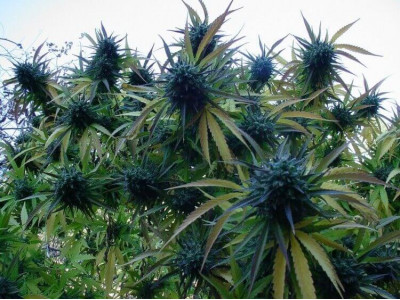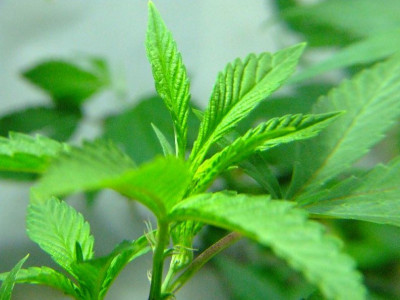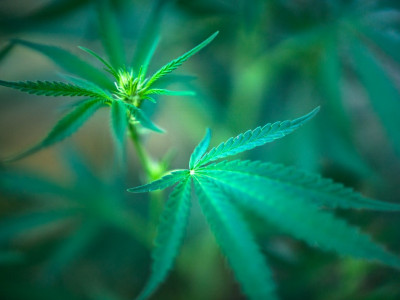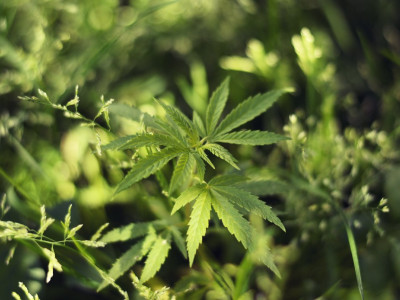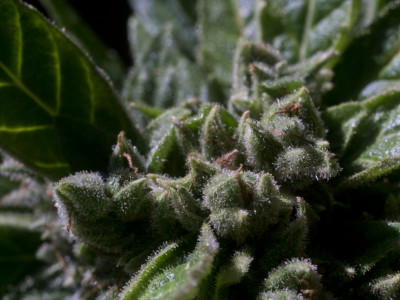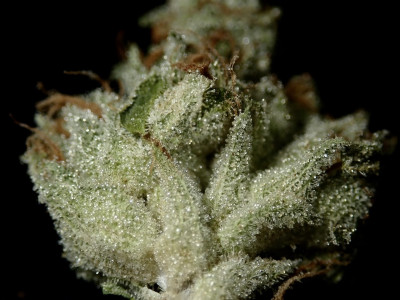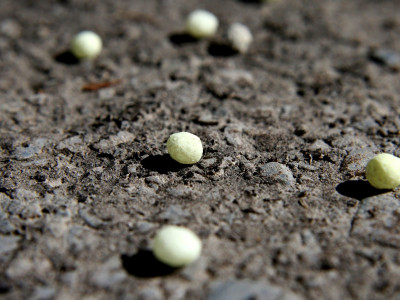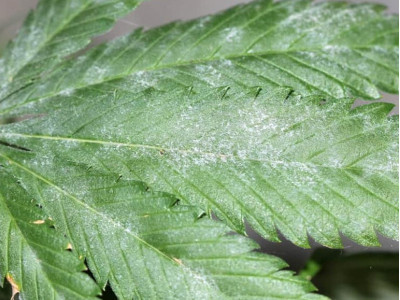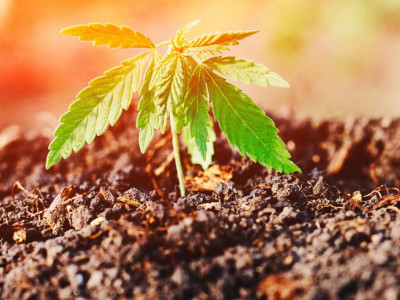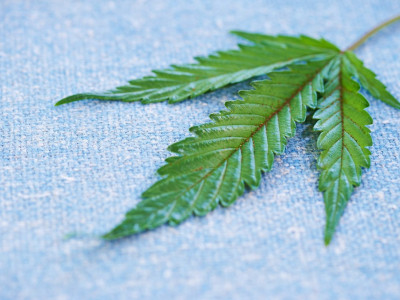0.00 грн.
CheckoutCannabis Vegetation - Stages and Care
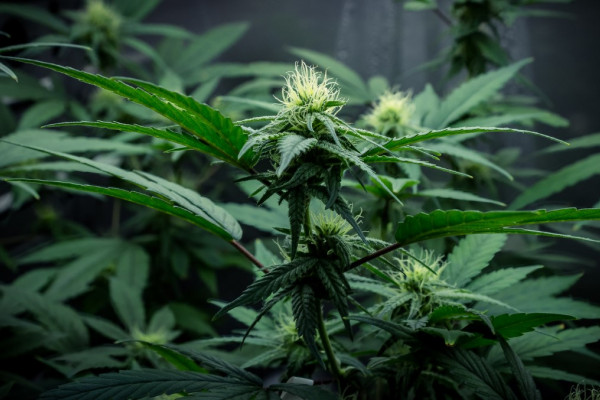
Beginner growers often ask - "How do you know that the growing season has begun?". It is not difficult to determine this. After germination of the first set of fan leaves with a full set of leaflets, the plant moves from the seedling stage to the vegetative stage. The plant now only grows stems and leaves (not flowers or buds) and puts all its energy into growing big and strong.
Cannabis needs to nourish itself with air, light, and nutrients. The newly formed roots are now expanding into their environment in search of water and nutrients. Roots also need air, so make sure there is plenty of it in the growing medium and that there is the right space to grow.
How long does the vegetative stage of a cannabis plant last?
During the vegetative stage, healthy cannabis grows as tall and as large as possible under given conditions. So the bigger the pot and the environment, the bigger the plant will be, as long as it meets the requirements for growing.
The vegetative stage of cannabis plants can last from 3 to 16 weeks, while outdoor crops can last longer.
Most growers grow their houseplants for 4-8 weeks, depending on the desired plant size. The growing season for marijuana starts at 4 weeks. Giving your plants more growing time and larger pots will cause the plants to grow larger and more likely to produce higher yields.
The cannabis plant can be left in its vegetative stage as a mother plant to be taken from cuttings to make clones. The mother plants are constantly in the vegetative stage (18/6 hours), if you don't want them to flower then switch to 12/12 hours. Clones can be grown in the vegetative stage until they reach the desired size, and then moved to the flowering stage (12/12 hours).
Note that defoliation is not for autoflower seeds. Only feminized varieties can withstand this stress, as they have more time to recover.
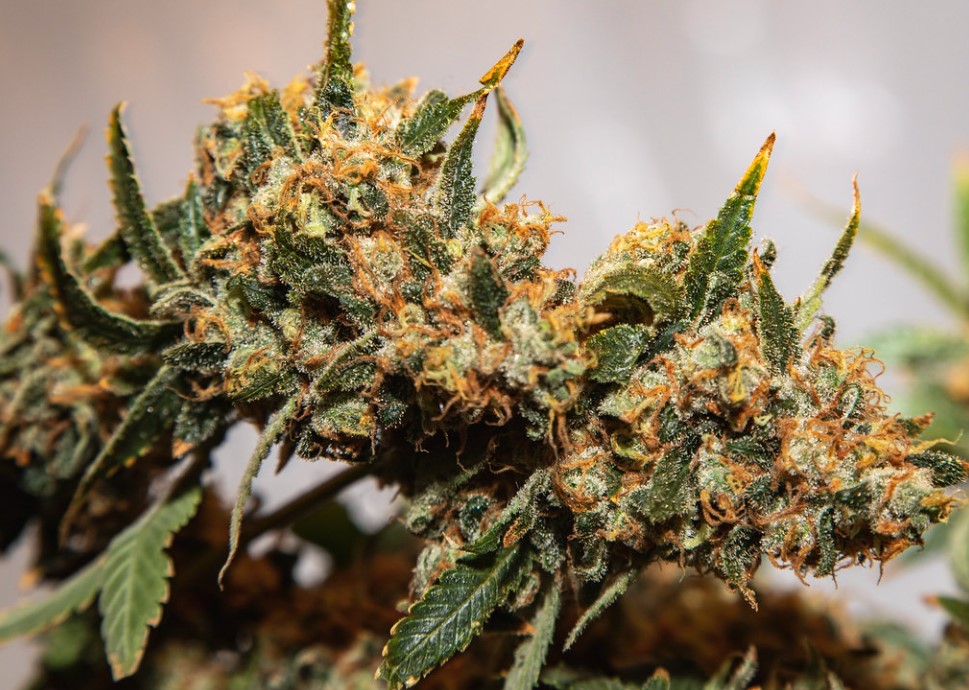
Basic requirements
In the vegetative stage, an indoor cannabis plant needs 18 hours of light and 6 hours of darkness per day. The vegetative stage can last as long as you like in indoor crops. Marijuana will continue to grow in size and will not flower until you change the photoperiod. The desired final size of the plant determines how long it will vegetate.
For greenhouse crops, when natural sunlight does not reach 18 hours, artificial lighting can be supplemented in the remaining hours. Complete darkness at night (6 hours) is essential. Light pulses or continuous light sources can confuse plants and delay flowering.
Ideal soil for cannabis
The ideal growing medium consists of:
- Soil mix;
- Coconut coir;
- Peat moss.
Soil provides physical support to the plant, allowing the roots to breathe and retain available water and nutrients for the plant. Soil mixes and peat moss mixes are an excellent medium to start growing, provided they have the right balance between solids (organic and inorganic matter) and air spaces.
Aeration is key to keeping roots healthy. To avoid soil compaction, you need to add materials such as perlite, vermiculite, or coconut fiber so that roots can develop in the pores between the hard particles. Each growing medium requires its own watering and fertilization schedule.
Fertilizers for growing marijuana
The main factor in a good substrate is the availability of fertilizers. Experienced growers know that a predominant nitrogen fertilizer should be applied during the growing season. They will help to reveal the full potential of the plant and give a good impetus to growth.
*The article is for educational purposes only, Coffeeshop.ua® does not promote the cultivation of marijuana in countries where it is prohibited.

